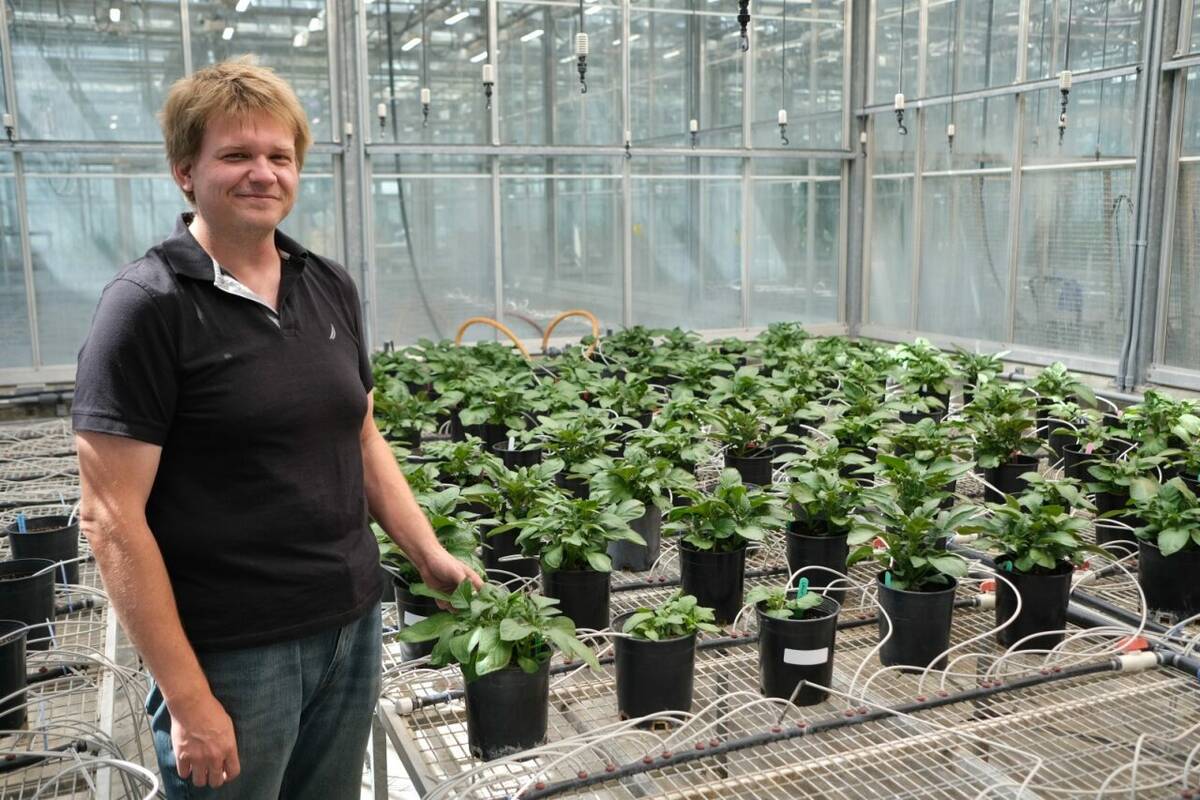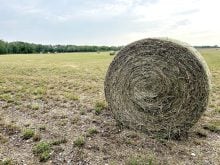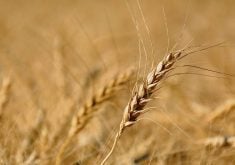Canada’s pulse crop exports are seen among the top beneficiaries as the federal government launches talks for an economic partnership agreement with India.
Prime Minister Stephen Harper and India’s Prime Minister Manmohan Singh of India made their announcement Nov. 12 following their appearance at the G20 summit in Seoul, South Korea.
A joint Canada/India study group estimated in a report this summer that an economic partnership agreement could increase each country’s overall gross domestic product (GDP) by about $6 billion and increase two-way bilateral trade by 50 per cent, the government said.
Read Also

Hail research hopes to benefit potato growers
Alberta research scientist measures hail storm and heat dome affects on potato crops
In 2008, Canada’s merchandise exports to India from the “vegetables, fruit and nuts” category – in this case, made up overwhelmingly of pulse crops such as lentils and peas – totalled US$391.1 million, or 17.5 per cent of total exports.
Canada’s exports to India from that category, its second-largest in dollar value, have expanded at a compound growth rate of 27.3 per cent since 1999, the study group noted.
Other raw Canadian farm exports to India remain scant by comparison, led by oilseeds (US$1.9 million in 2008), cereal grains (US$300,000), milk and dairy (US$200,000), cattle, sheep, goats and horses (US$200,000) and “crops” (US$100,000).














